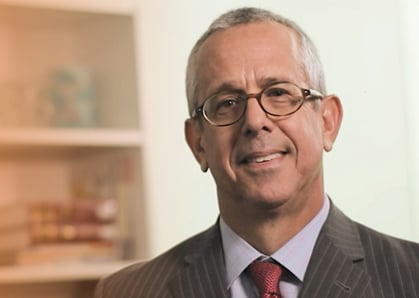Reimagining Urban Centers: Adaptive Reuse
Adaptive reuse in cities has been going on for decades. Its increasing prominence in urban centers has coincided with the more recent redevelopment of urban areas in both small and large metropolitan areas. Rather than building a new structure from the ground up, many developers and architects see opportunities in rehabilitating existing buildings into unique, new-purpose properties.
The trend of adaptive reuse has been further fueled by the growing demand for development in areas of high density, particularly in older neighborhoods with under-developed, unused existing structures such as warehouses and abandoned properties. But along with adaptive reuse comes a very unique set of challenges related to building and zoning codes, historic preservation, environmental issues, health and safety standards, and tax and financial considerations.
Furthermore, in recent years, local governments have increasingly looked to monetize their real estate assets through joint development and public/private partnerships (P3) with the private sector. These increasingly innovative opportunities include the development of new, shared structures, with public facilities on the ground level and private development of upper floors through the acquisition of air rights; the development of private facilities on vacant portions of government-owned property; and the repurposing of all or portions of existing government buildings.
Bilzin Sumberg's attorneys regularly advise developers, owners, and other investors engaged in adaptive reuse and other redevelopment projects, to include pre-acquisition due diligence, entitlements, land use and zoning, construction, finance and development, P3 planning and structuring, and tax incentives. The close collaboration between the firm's practices means that clients can feel confident in navigating all aspects of adaptive reuse projects.





